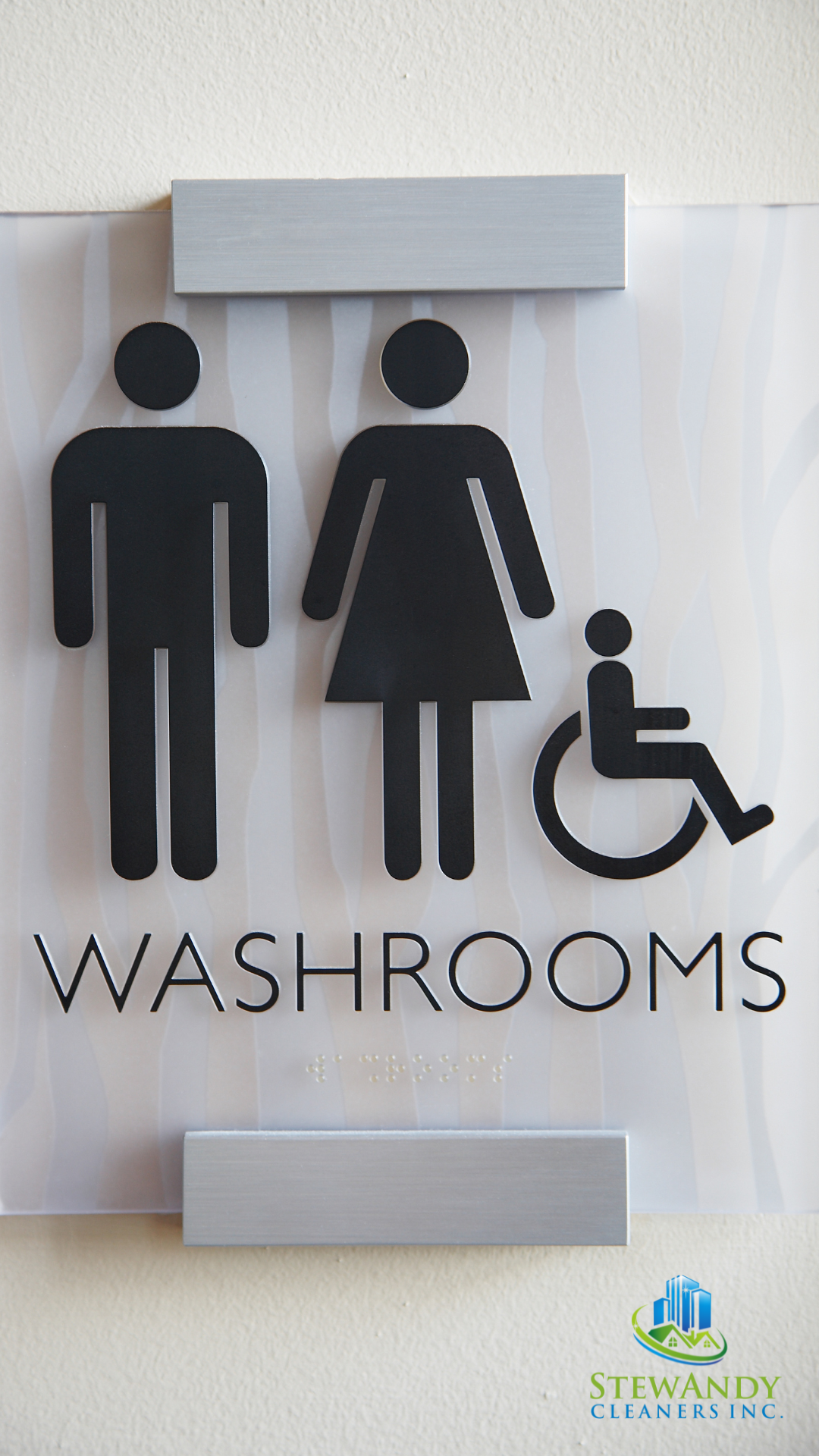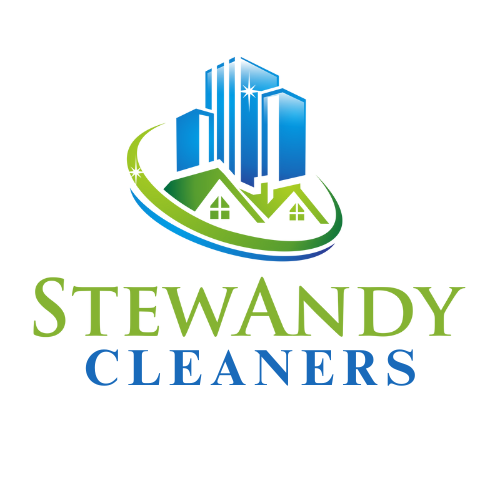Ontario’s Bill 190: Working for Workers Five Act, 2024, is set to drastically change how commercial and industrial facilities manage washroom cleanliness, documentation, and maintenance accountability.
Gone are the days of informal verbal routines or unchecked schedules — under Bill 190, every washroom cleaning and inspection must be documented, verifiable, and accessible. And for building operators, this is more than a legal obligation — it’s a strategic opportunity to modernize operations, reduce complaints, and enhance tenant satisfaction.
The good news? With the right approach, this transition offers a strategic opportunity to improve operations, boost tenant satisfaction, and strengthen cleaning accountability.
In this blog, we break down the key requirements, explore the compliance options, and show how operators can take control of the change — rather than be caught off guard.
🔍 What Bill 190 Requires: Key Compliance Phases
Phase 1 – Effective July 1, 2025
- Washroom Access: Facilities must ensure restrooms are safe, clean, stocked, and accessible to employees, contractors, visitors, and the public.
- Maintenance Logs: All cleanings and inspections must be logged with date, time, and cleaner ID.
- Record Retention: Logs must be retained for at least 12 months and be ready for Ministry of Labour inspection upon request.
Phase 2 – Effective January 1, 2026
- Cleaning Frequency: Restrooms must be cleaned at least once per shift, with more frequent service in high-traffic areas.
- Visible Cleaning Logs: Logs must be posted outside the washroom or made available via QR code or web link.
- Preventative Maintenance: Routine inspections for leaks, broken fixtures, and air quality issues are now mandatory.
For more details, visit the official legislation on Ontario.ca.

💼 Why It Matters: Key Implications for Ontario Employers
While Bill 190 targets employers, building operators and property managers will carry the responsibility of enforcing and implementing these standards on the ground. This means facility teams must:
- Transition to documented and verifiable cleaning routines
- Establish transparent communication with tenants
- Prepare for Ministry of Labour inspections
Non-compliance may result in:
- Ministry enforcement actions and fines
- Increased scrutiny from tenants and stakeholders
- Loss of trust and reputational damage
- Tenant or worker complaints leading to potential lawsuits
This is a critical moment for Ontario employers and commercial operators to take control of workplace hygiene expectations.
Physical vs. Digital Logs: What’s the Best Fit?
| Feature | Physical Logs | Digital Logs |
|---|---|---|
| Compliance | Meets basic requirement | Fully compliant, plus enhanced visibility |
| Data Accuracy | Prone to errors and falsification | Tamper-proof, time-stamped |
| Scalability | Hard to manage across sites | Centralized access and control |
| Inspection Access | Manual retrieval needed | Instant export for auditors |
| Operational Insight | Minimal | Full analytics on frequency, staff, and trends |
| Preventative Maintenance | Not easily captured | Integrated into workflow |
| Long-Term Value | Short-term compliance only | Improves service, accountability, and efficiency |
Takeaway:
While physical logs may work for smaller or low-traffic locations, digital logs offer long-term advantages — especially for multi-tenant, high-traffic, or Class A properties where consistency and real-time insights matter most.

Strategic Steps for Operators
1. Conduct a Readiness Audit
- Review current washroom cleaning, inspection, and record-keeping practices
- Identify any existing gaps or weaknesses
2. Evaluate Solutions
- Determine where physical logs are sufficient and where digital tools will improve performance
- Align janitorial and vendor teams to the new standards
3. Build a Transition Plan
- Start with high-visibility sites for digital adoption
- Establish regular processes for log checks and preventative inspections
- Train cleaning staff and onsite supervisors on new requirements
🔑 Final Thoughts: Stay Ahead of the Compliance Curve
Bill 190, part of the Working for Workers Five Act, 2024, represents a shift in workplace hygiene accountability. For building managers, employers, and cleaning providers, the law is a chance to raise standards and adopt smarter systems — not just avoid fines.
Begin now by auditing your facilities and creating a roadmap toward full compliance.
📌 Need Help Navigating Bill 190?
Partner with industry experts like Mero or contact a compliance-focused cleaning service to get started.
👉 Visit Ontario.ca for full legislation
👉 Legislative Assembly of Ontario





